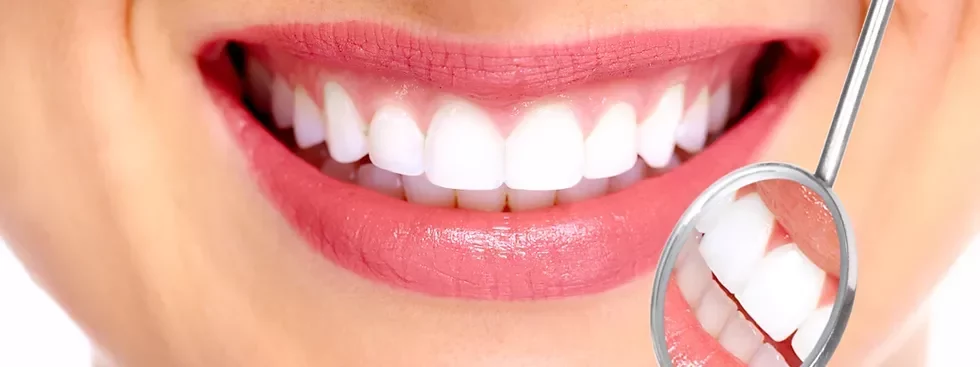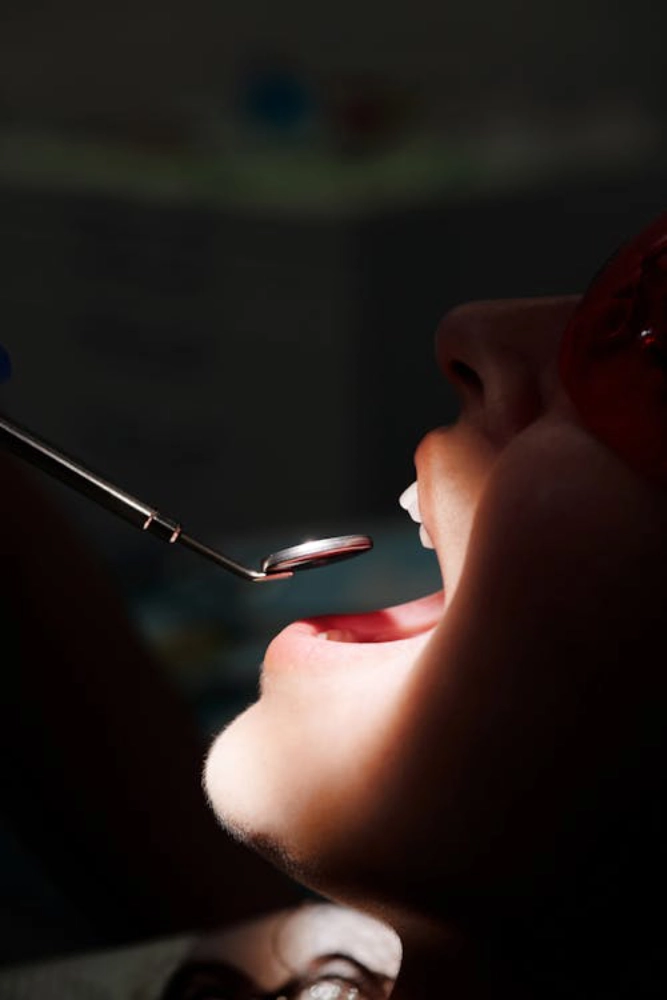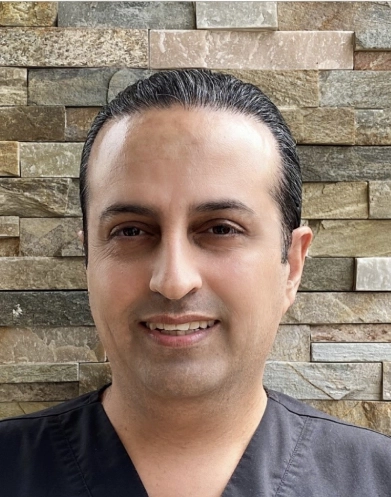
Orthodontics
Straighten Your Smile with Orthodontics
What Is Orthodontics?
Orthodontics is a specialized area of dentistry focused on diagnosing, preventing, and treating misaligned teeth and jaws. Orthodontic treatment, most commonly with braces, helps improve the appearance, function, and overall health of the teeth and bite. It’s not just about having a beautiful smile—it’s also about ensuring proper alignment for better oral health.


What Are Braces?
Braces are a common orthodontic appliance used to straighten teeth, correct bite issues, and improve dental alignment. They work by applying gentle, consistent pressure to the teeth over time, gradually moving them into the correct position.
Types of Braces:
- Metal Braces: Traditional metal braces consist of metal brackets attached to each tooth and connected by a wire. These braces are very effective and often used for more complex orthodontic cases.
- Ceramic Braces: These are similar to metal braces but use tooth-colored or clear brackets, making them less noticeable. Ceramic braces are a more discreet option for those who want less visible braces.
- Lingual Braces: Lingual braces are placed on the inside of the teeth, facing the tongue, making them virtually invisible from the outside. However, they can take some getting used to in terms of comfort and speech.
- Clear Aligners (e.g., Invisalign): Clear aligners are a popular alternative to traditional braces. These custom-made, removable trays are nearly invisible and offer a more flexible and comfortable option for straightening teeth.
Why Choose Orthodontic Treatment?
- Straighten Misaligned Teeth: Crooked or crowded teeth can be difficult to clean properly, increasing the risk of cavities and gum disease. Orthodontic treatment aligns the teeth for better oral hygiene.
- Correct Bite Issues: Bite issues, such as overbite, underbite, or crossbite, can lead to jaw pain, difficulty chewing, and uneven tooth wear. Braces help align the teeth and jaws for better function.
- Improve Speech: Misaligned teeth or an incorrect bite can affect speech, causing a lisp or difficulty pronouncing certain words. Braces can help improve clarity of speech.
- Boost Confidence: A straighter smile can improve self-esteem and confidence, making you feel better about your appearance.
- Prevent Future Dental Issues: Proper alignment helps reduce the risk of future dental problems like TMJ (temporomandibular joint) disorders, tooth decay, and gum disease.
How Braces Work:
- Initial Consultation: Your orthodontist will evaluate your teeth, jaw, and bite using X-rays, photos, and impressions to create a customized treatment plan.
- Placing the Braces: Braces are attached to the teeth using brackets, wires, and elastics. Over time, adjustments are made to apply gentle pressure that gradually moves the teeth into alignment.
- Adjustments: Regular visits to the orthodontist are necessary to adjust the wires and make sure the teeth are moving as planned.
- Treatment Time: The duration of treatment highly depends on the severity of the alignment issue, but most people wear braces for about 3 months to 3 years.
- Retention: Once the braces are removed, a retainer is typically worn to help maintain the new position of the teeth and prevent them from shifting back.

Benefits of Braces

Long-term Oral Health
Properly aligned teeth are easier to clean, reducing the risk of tooth decay, gum disease, and other dental issues.

Functional Bite
A corrected bite can improve your ability to chew and speak and prevent excessive wear on your teeth.

Aesthetic Improvement
Braces can give you a straighter, more attractive smile, which boosts confidence in social and professional settings.

Improved Comfort
Fixing jaw alignment issues can alleviate discomfort and pain caused by bite problems, such as jaw pain or headaches.

Aftercare and Maintenance:
- Good Oral Hygiene: It’s essential to brush and floss regularly around braces to prevent food and plaque buildup. Special orthodontic toothbrushes or water flossers may help.
- Avoid Hard and Sticky Foods: Foods like hard candy, chewing gum, or popcorn can damage braces, so it’s best to avoid them during treatment.
- Regular Orthodontic Visits: Follow-up appointments are important to monitor progress and make necessary adjustments to your braces.
- Wear Your Retainer: After your braces are removed, wearing your retainer as directed by your dentist helps keep your teeth in their new positions.
Orthodontic treatment with braces can significantly improve both the appearance and health of your smile. Whether you choose traditional braces, clear aligners, or another orthodontic option, the end result is a straighter, healthier, and more confident smile. If you’re considering braces or clear aligners, consult with one of our dentists to explore the best options for your unique dental needs!
Our Dentists
Meet our exceptional dentists at King Street Dental! With expertise, compassion, and a commitment to your smile, they provide top-notch dental care you can trust.
Dr. Sheikha Singh BDS
Dentist
Dr Hooman Atai
Dentist
Dr Livana Hamad
Associate Dentist
You’re In good Hands
Welcome to King Street Dental, where you’re in good hands! Our dedicated team of experienced dentists and friendly staff is here to ensure your dental journey is comfortable and stress-free. From routine check-ups to advanced treatments, we prioritise your oral health and overall well-being.
Our cutting-edge technology and state-of-the-art facilities allow us to deliver exceptional dental care with precision and efficiency. Whether you need a routine cleaning, cosmetic enhancement, or restorative procedure, we tailor our services to meet your unique needs. We know that visiting the dentist can be daunting for some, which is why we create a welcoming and warm environment to put you at ease.
Your comfort and satisfaction are our top priorities, and we go the extra mile to make every visit a positive and enjoyable experience. Trust King Street Dental for comprehensive, compassionate, and personalised dental care for you and your family.




